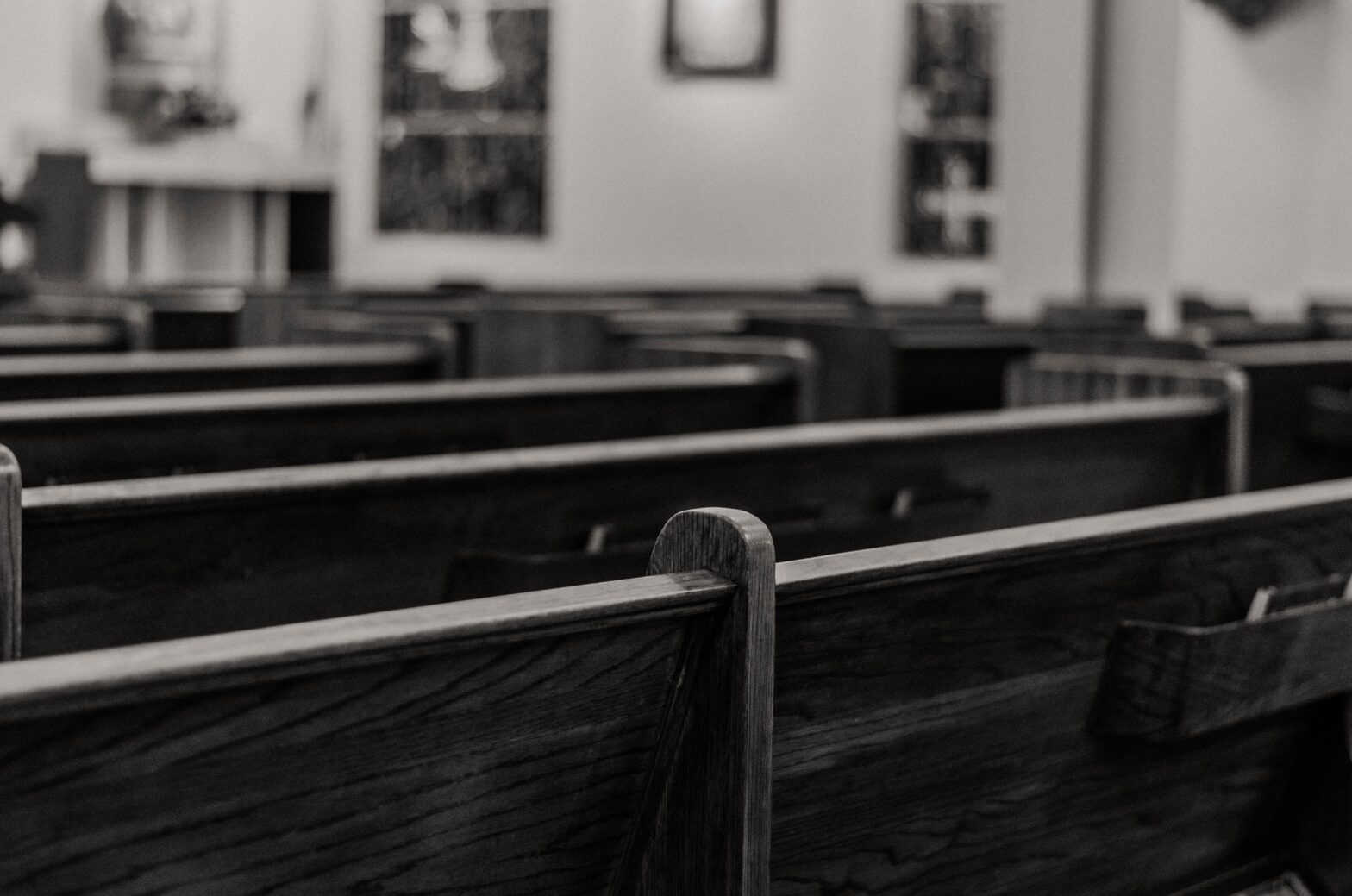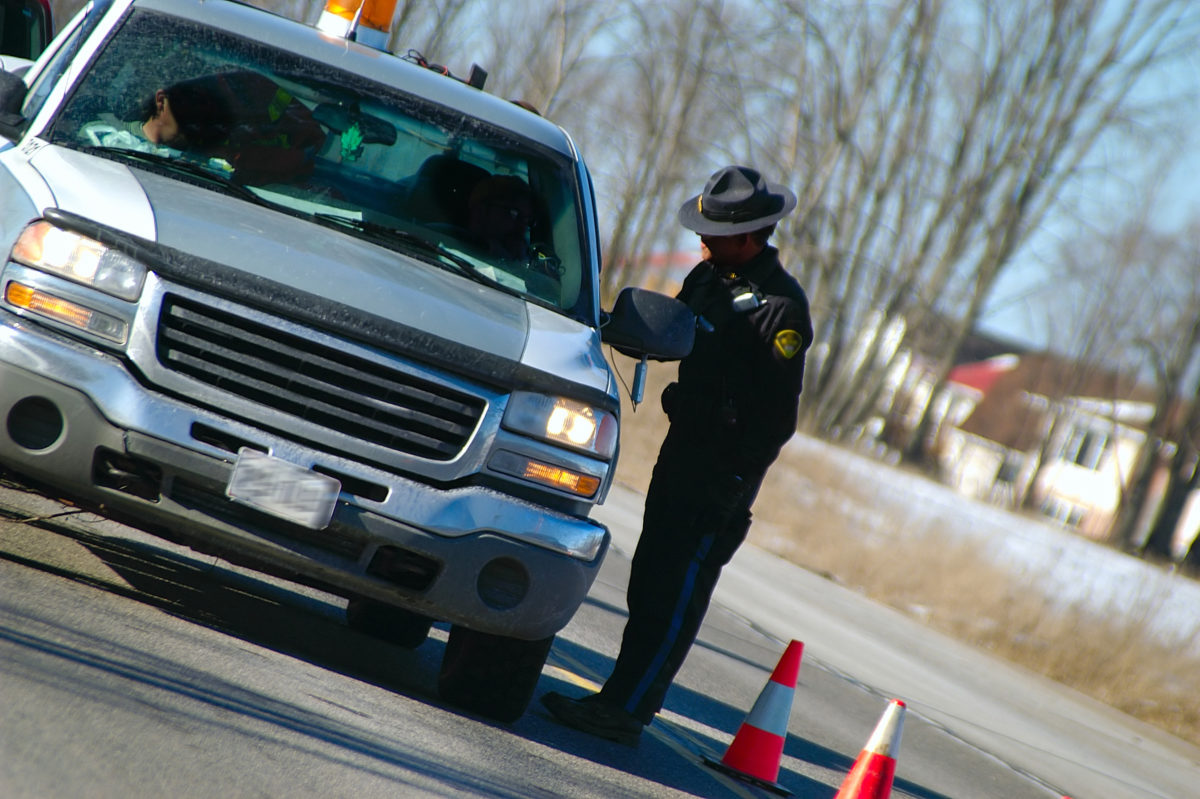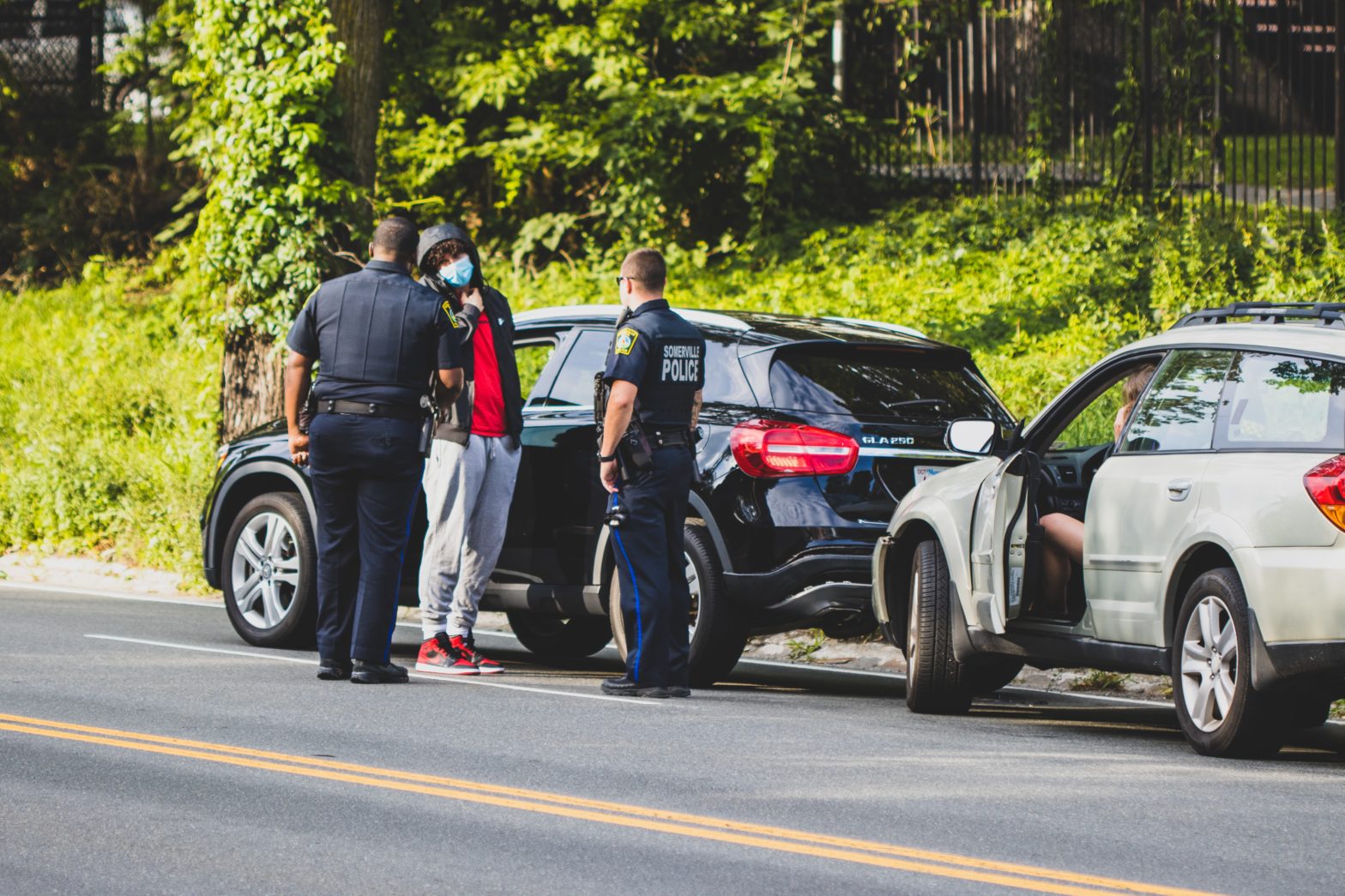If you are involved in an automobile accident, regardless of who was at fault, it is important to always remain at the scene until police officers arrive to investigate. If you leave the scene of an accident, you may face serious criminal charges.
This is particularly true if you were at fault in the accident and someone was injured or died. If you fled the scene, you could face felony charges.
If you are suspected of killing someone as a result of a traffic collision, not only could you face charges of vehicular manslaughter, but also your sentence can be substantially “enhanced” (or increased) for fleeing the scene if you are convicted.
Making a Bad Situation Worse

Leaving the scene of an accident only makes an already bad situation worse for you. Even if you are determined not to be at fault in causing the accident, you still can be charged with hit and run because you left. It doesn’t matter who caused the accident.
Additionally, if you are at fault in an auto accident and someone is injured or seriously injured, by leaving the scene you turn an unfortunate but perhaps non-criminal act into a serious offense that may be prosecuted as either a felony or a misdemeanor. Now, you are facing a jail or prison sentence in addition to potential civil liability for the injuries and damages you caused.
If your negligent driving results in death, you could face vehicular manslaughter charges. Leaving the scene of a vehicular manslaughter crime can add an additional and consecutive sentence enhancement to a prison term if you are convicted of a felony.
Fleeing the Scene is the Crime of “Hit and Run” (CVC 20001 and 20002)
If you leave the scene of an accident, regardless of who is at fault, you violate Vehicle Code Section 20001 if injury, serious injury or death results from the accident. If only property damage occurs, you can be charged with violating Vehicle Code Section 20002.
California law requires that you stop and exchange your name, address and insurance information with another driver involved in an auto accident and with anyone injured (including passengers). You must also identify yourself to police officers at the scene.
You must also render reasonable assistance to anyone inured or contact emergency medical services if you are unable to render assistance.
Even if you hit an object – a parked car for example – or any other property not involving another driver, you must try to locate the owner and exchange information. If you cannot locate the owner, you must leave a note with your name, address and a detailed statement as to what happened in a conspicuous place.
Consequences of Hit and Run (CVC 20001 and 20002)
A conviction for hit and run in California is as follows:
- Felony hit and run causing injury (CVC 20001(b)(1)) is what is known as a “wobbler” offense in California, which means a prosecutor has the discretion to charge you with either a misdemeanor or a felony depending on the circumstances of the accident and your criminal history.
A misdemeanor conviction is punishable by up to one year in jail, by a fine of up to $10,000 dollars, or both. A felony conviction carries up to three years in jail plus the same fine.
- Felony hit and run causing serious injury or death (CVC 20001(b)(2)) is also a wobbler offense but carries increased sentencing as a result of the seriousness of the injury or due to a death involved.
A misdemeanor conviction carries a sentence of up to one year in jail. A felony conviction is punishable by two, three or four years in prison. A fine of up to $10,000 may also be imposed.
- Hit and run causing property damage only (CVC 20002) is a misdemeanor offense. You face up to six months in jail and a fine of up to $1,000 dollars if you are convicted of this crime.
Fleeing the Scene While Committing Other Vehicle Crimes
If you flee the scene of an accident, nothing prevents the District Attorney’s office from charging you with “Hit and Run” in addition to any other California Vehicle Code (CVC) infraction, misdemeanor or felony for which you are charged, including but not limited to the following:
- Driving Under the Influence of Alcohol and/or Drugs (CVC 23152);
- Driving Under the Influence Causing Bodily Injury (CVC 23153);
- Driving on a Suspended License (CVC 14601);
- Driving Without a License (CVC 12500);
- Reckless Driving (CVC 23103);
- Speed Exhibition or Contest (CVC 23109).
Enhanced Sentencing for Fleeing the Scene of a Vehicular Manslaughter Crime
If you kill someone as a result of driving negligently while under the influence of drugs or alcohol, you could face charges of vehicular manslaughter under Penal Code Section 192(c) or vehicular manslaughter while intoxicated under Penal Code Section 191.5.
Additionally, if you flee the scene of a vehicular manslaughter crime, regardless of whether you were intoxicated or not, not only could you face charges of hit and run, but you may also face a sentence enhancement of five years in prison, which could be added and served consecutively to any other sentence you receive as a result of a vehicular manslaughter conviction.
Misdemeanor vehicular manslaughter is punishable by up to one year in jail and a maximum $1,000 fine.
A first offense conviction for felony vehicular manslaughter carries as much as six years in prison in some cases and up to 10 years in prison if committed with gross negligence while intoxicated or for financial gain. A fine of up to $10,000 may be imposed as well.
Most vehicular manslaughter felonies are considered serious or violent, which means a conviction counts as a “strike” on your criminal record under California’s Three Strikes Law.
Worst Case Scenario
If you are convicted of gross vehicular manslaughter while intoxicated and you flee the scene of the fatal accident, you face as much as 15 years in prison for each victim that was killed with the fleeing enhancement and you will serve a minimum of 85% of your sentence due to the strike.
Wallin & Klarich Will Help You Get Through This
Fleeing the scene of an accident is a serious offense in California. If you cause property damage or injure or kill someone in a traffic collision and leave the scene, you could be facing jail time and heavy fines. The DMV will also take action against your driving. You could even be sent to prison.
Our attorneys at Wallin & Klarich give you the best opportunity to avoid these consequences. Consult with a Wallin & Klarich criminal defense attorney today so we can determine the most effective way to help you get through this difficult time.
With offices in Los Angeles, Sherman Oaks, Torrance, Tustin, San Diego, Riverside, San Bernardino, Ventura, West Covina and Victorville, Wallin & Klarich has over 30 years of experience successfully defending our clients facing hit and run and vehicular manslaughter charges. We will provide you with the personal attention you deserve and help you get the best result possible in your case.
Call us today at (877) 4-NO-JAIL or (877) 466-5245 for a free telephone consultation. We will get through this together.



